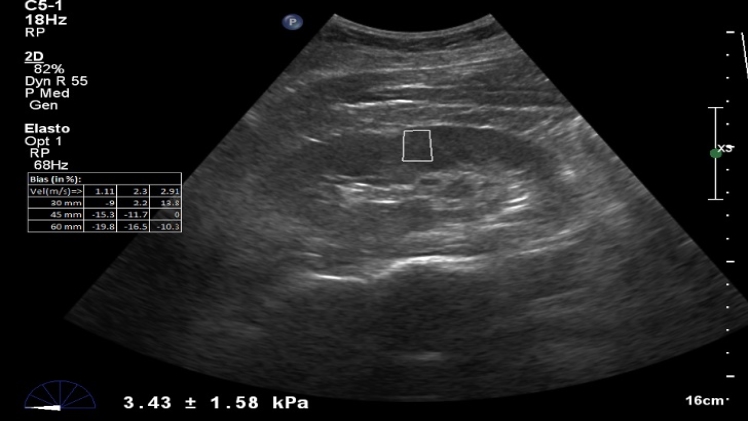If you suspect that your pet has an injury or disease, sometimes the diagnostic process can be more intimidating than the disease itself. Invasive techniques can take a long time to recover from and can be dangerous for your pet. Luckily, there are several non-invasive diagnostic tools, such as ultrasound, which can be used to keep your pet safe and healthy. This technology is commonly used to help diagnose injury and disease in a safe and efficient manner. Let’s take a closer look at the benefits associated with an ultrasound and the many ways this diagnostic tool is used in veterinary practices.
How Does Ultrasound Work?
An ultrasound is a diagnostic device that is typically used to help diagnose and examine the soft tissues throughout the body +after applying ultrasound gel on the body parts . Using a transducer, a sound wave is transmitted into the body. The transducer emits a beam that interferes with the various soft tissues in the body.
Benefits of Non-Invasive Ultrasound
Ultrasound is a non-invasive procedure which is hugely beneficial to both you and your pet. Often, invasive procedures can run the risk of infection or complications. Further, invasive procedures can sometimes warrant a long recovery time period with the recovery often worse than the condition or disease itself. Often, invasive measures are used for a simple diagnosis, which may turn out to be benign.
But, by using a non-invasive procedure like an ultrasound it is possible to still get diagnostic results without the associated risks. Ultrasound techniques are able to get a visual representation of soft tissues through the body which can help lead veterinarians to diagnose and treat conditions, diseases, and injuries. With no risk of infection or a long recovery time, an ultrasound is fast, efficient, and safe.
What Conditions Can Ultrasound Help Diagnose?
Probably the best-known use of an ultrasound is to help determine if a person is pregnant, and to monitor the baby’s health. The same is true for animals too, with ultrasound commonly being used to detect the amount of offspring in the pet’s womb. Ultrasound has other very beneficial applications in veterinary medicine and is commonly used to examine organ health or soft tissue health. An ultrasound can help diagnose:
- Kidney Disease – Associated with urinary diseases, an ultrasound can monitor the overall size, health, and function of the kidneys with non-invasive options.
- Liver Disease – An ultrasound can monitor overall liver function as well as monitor lymph node and bile duct production.
- Urinary Tract Disease – Many cats and dogs suffer from urinary tract infections and disease as a result of accumulated crystallization. An ultrasound can detect the size and location of problematic crystallization and cysts.
- Torn Tissues – If your pet has suffered an injury, soft tissue tears don’t always show up on X-Rays. An ultrasound can help reveal reduced blood flow to an area as well as potential tears and ruptures.
- Heart Disease – Because the ultrasound is a non-invasive technique this is an excellent diagnostic tool to help determine overall heart health and the functionality of various ventricles and arteries.
Sometimes though, invasive measures are necessary. An animal ultrasound can still be used in these applications to help guide a veterinarian through a biopsy. This allows the vet to have a real time image of the mass or tumor he or she is attempting to sample. Further, ultrasounds can help monitor the placement of vents and stents, or can help determine if a surgery to repair a torn ligament or soft tissue has been successful.
